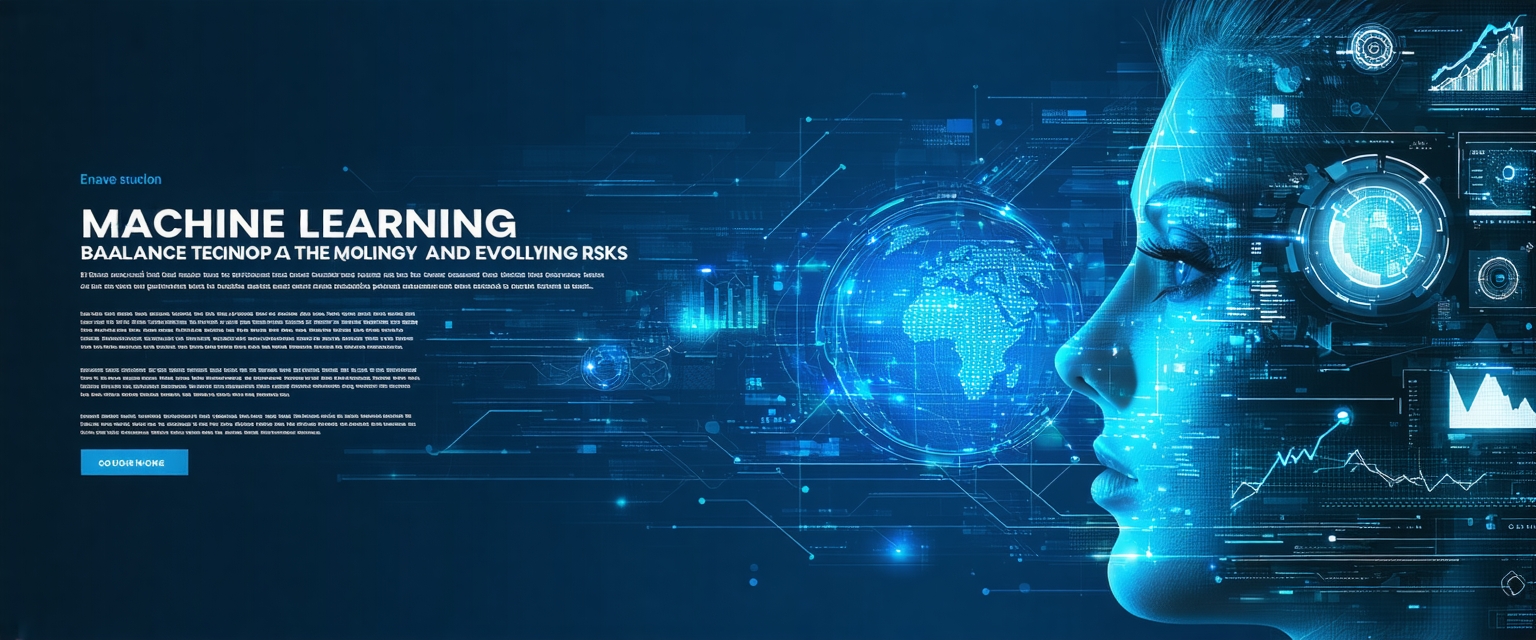






Machine learning (ML), a subset of artificial intelligence (AI), is rapidly transforming industries. Its ability to learn from data without explicit programming has driven innovation across sectors, from healthcare to finance. However, its increasing sophistication raises critical questions about ethical considerations, societal impact, and future development.
ML’s roots trace back to the mid-20th century, with early work focusing on algorithms capable of learning from data. The rise of big data and powerful computing resources in recent decades has been crucial to its exponential growth. Advances in deep learning, particularly in neural networks, have unlocked unprecedented capabilities, enabling ML models to tackle complex tasks with higher accuracy.
The field is currently witnessing exciting advancements. Large language models (LLMs), capable of generating human-quality text and code, are revolutionizing communication and software development. Federated learning, which trains models on decentralized data, enhances privacy protection. Explainable AI (XAI) focuses on making ML models more transparent and understandable, addressing concerns about bias and accountability.
According to a recent Gartner report, “By 2025, 70% of enterprises will be using AI to augment their employees’ work.” (Source: Gartner, 2023). This highlights the rapid adoption of ML across businesses. Furthermore, Professor Fei-Fei Li of Stanford University emphasizes the need for responsible AI development, focusing on fairness, accountability, and transparency. (Source: Stanford University website).
The future of ML presents both immense opportunities and significant risks. Bias in training data can lead to discriminatory outcomes. Job displacement due to automation is a valid concern. However, ML has the potential to revolutionize healthcare, accelerate scientific discovery, and address climate change. Future development will likely focus on improving model explainability, enhancing data privacy, and developing more robust and ethical AI systems.